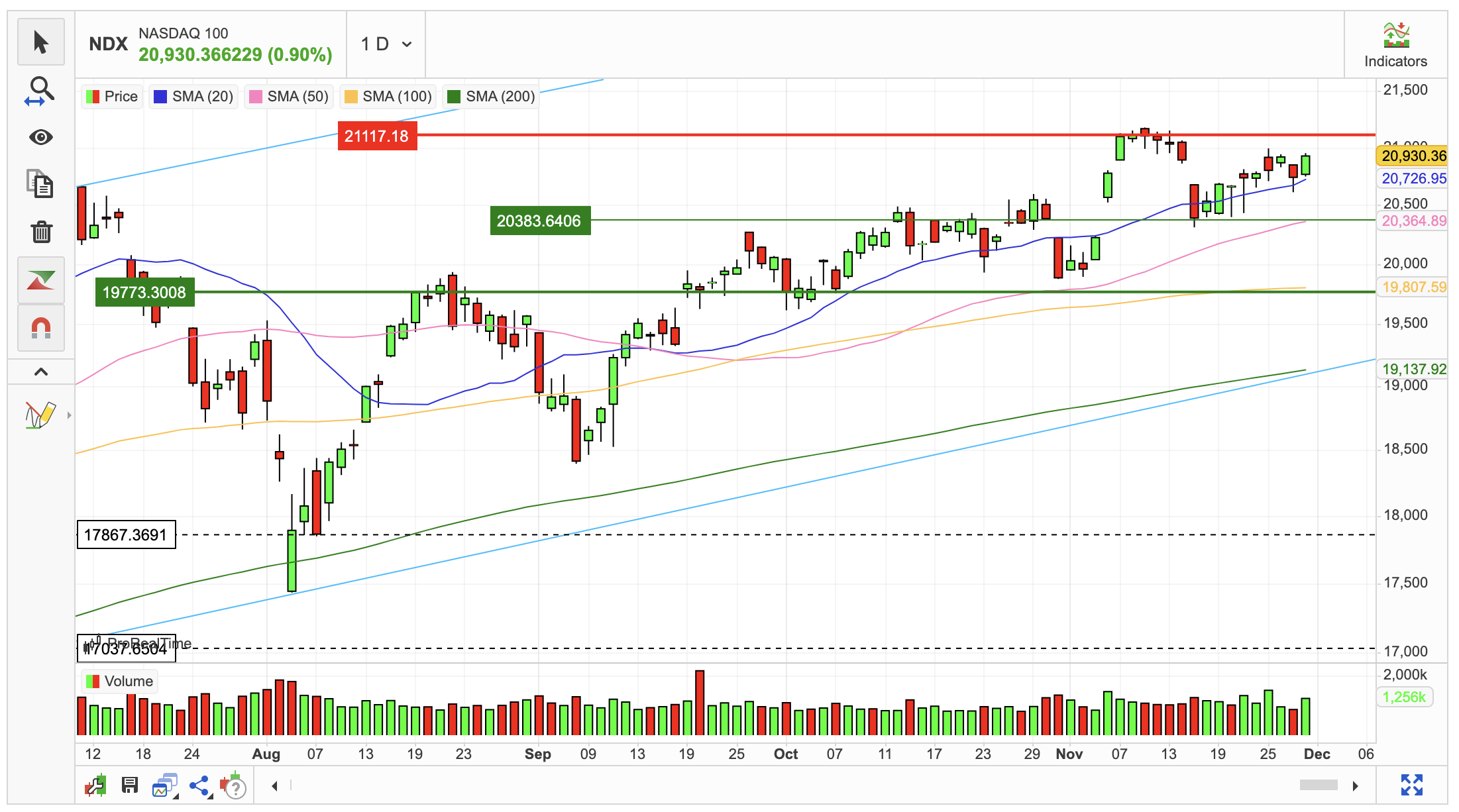Black Friday Sees Modest Sales Growth
- This topic has 0 replies, 1 voice, and was last updated 10 months ago by .
-
Topic
-
Shoppers flocked to stores and online platforms for Black Friday, signalling the start of the critical holiday shopping season.
Despite ongoing concerns about inflation, Black Friday sales rose 3.4% year-over-year, buoyed by a significant 14.6% increase in e-commerce activity.
However, brick-and-mortar retail saw only a modest 0.7% growth, reflecting shifting consumer preferences and the growing dominance of online shopping.
E-Commerce Continues To Lead the Way
The robust growth in e-commerce highlights a clear trend: consumers are increasingly turning to online platforms to find the best deals.
Retailers invested heavily in digital marketing, streamlined logistics, and exclusive online promotions to capture the attention of tech-savvy, deal-hunting shoppers.
Popular categories like electronics, apparel, and holiday décor drove much of this growth, as consumers took advantage of early discounts to stretch their budgets.
In-Store Shopping Remains Resilient
While online sales surged, physical stores still played a significant role in the Black Friday frenzy. Crowds returned to shopping malls and big-box retailers, albeit in lower numbers compared to pre-pandemic levels.
Many in-store shoppers were drawn by doorbuster deals and the tactile experience of browsing products firsthand.
However, lingering inflation tempered some of the excitement, with many consumers opting to focus on practical purchases and value-driven deals.
Retailers Adapt To Inflation-Weary Consumers
The impact of inflation was evident in shopper behaviour. Consumers displayed caution, prioritising discounts and promotions as they navigated higher living costs.
Retailers responded by offering extended sales events that began well before Black Friday and are set to continue into Cyber Monday and beyond.
These strategies aimed to spread out consumer spending over a longer period, allowing shoppers to plan purchases while maximising value.
Key Categories & Trends
Electronics remained a top draw, with items like smartphones, gaming consoles, and smart home devices seeing strong demand.
Apparel also performed well, particularly winter clothing and festive attire. Holiday décor, including lights, ornaments, and seasonal home goods, saw brisk sales as households prepared for year-end celebrations.
Another noteworthy trend was the rise of buy-now-pay-later (BNPL) services, which allowed shoppers to spread payments over time, making larger purchases more accessible amid financial constraints.
Outlook For The Holiday Season
The modest growth in Black Friday sales sets a cautious yet optimistic tone for the remainder of the holiday season.
Retailers are banking on continued e-commerce momentum and the success of ongoing promotions to meet revenue expectations.
Analysts will be closely watching consumer spending patterns during Cyber Monday and the weeks leading up to Christmas to gauge the overall health of the retail sector.
For shoppers, the blend of online and in-store options provides greater flexibility and convenience.
As inflation continues to influence buying decisions, the emphasis on value and affordability is expected to remain a defining feature of this year’s holiday shopping landscape.
Black Friday 2024 demonstrated that, despite economic headwinds, the holiday spirit and enthusiasm for deals remain strong, positioning retailers for a competitive and dynamic shopping season.

Data: eToro, MarketScreener